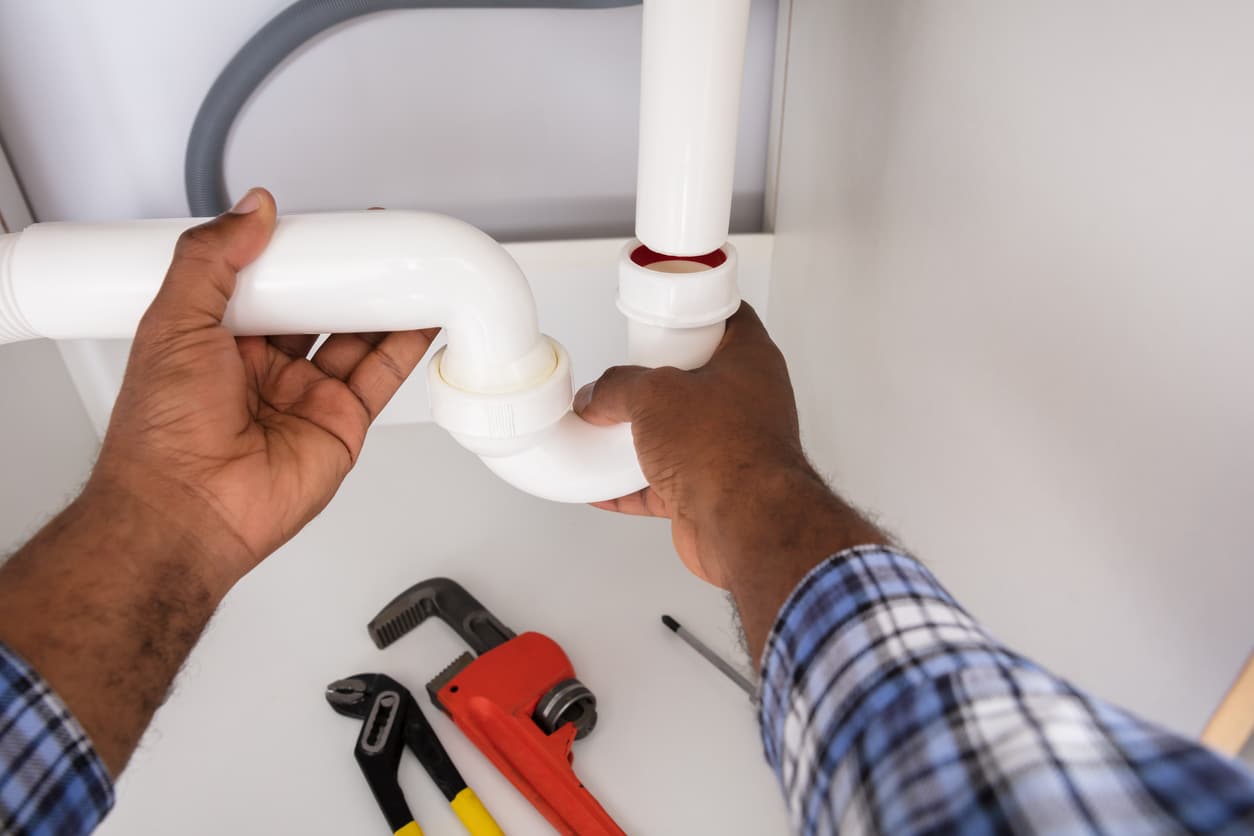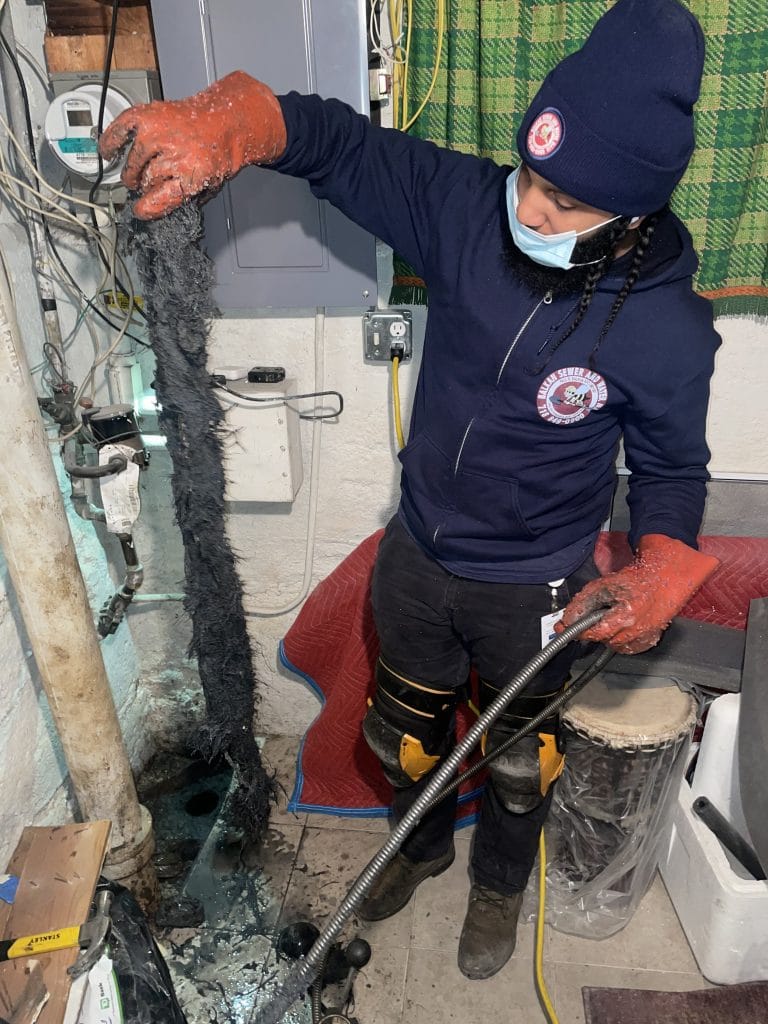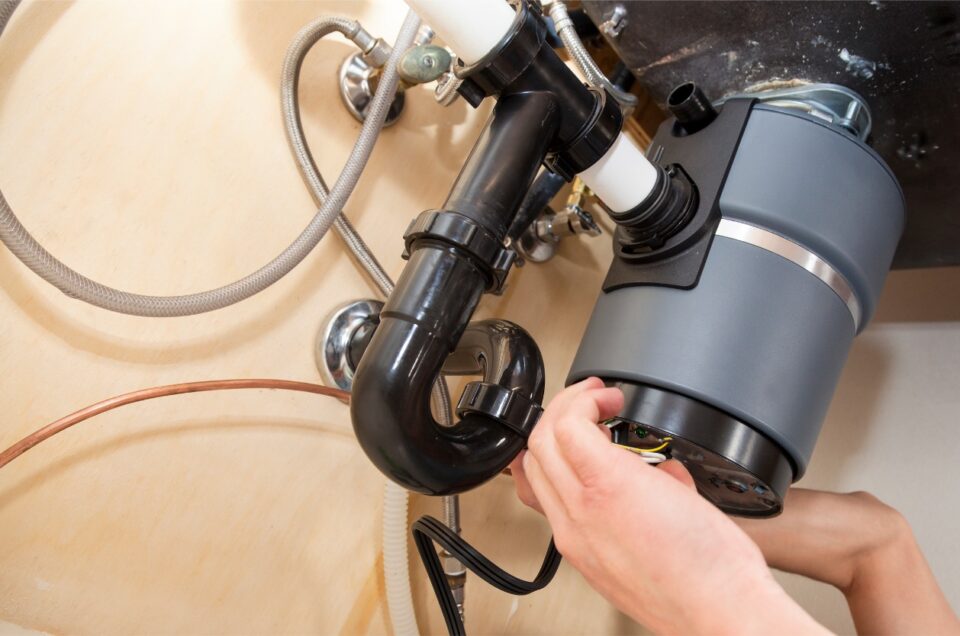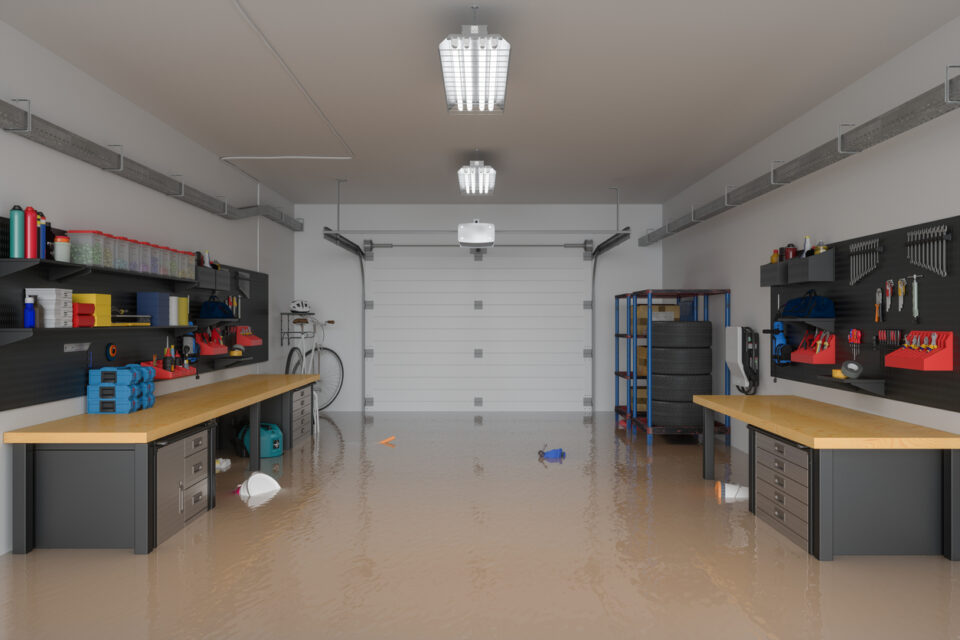Ever wondered what a water seal does? Have you ever wondered why the drain pipe underneath your bathroom and kitchen sink does not always just go straight down into the floor? Or why it is a U-shape? That portion of your drainpipe is referred to as a trap. It is a pivotal part of your wastewater disposal system.
Without this component, sewer gases would make their way right back into your kitchen and bathroom sink drains. What’s more, the smell could transmit through your entire house. Sewer traps inside a home serve a variety of purposes. Whether sewage is flowing or not, a trap is needed to prevent foul smells in every direction.
The trap is that U-shaped component located under the kitchen and bathroom sinks in your home. This trap can is located between the vertical pipe (the bottom of the sink) and the horizontal pipe (runs to the wall).
The trap serves several important purposes. The water inside the trap serves as a liquid seal that helps keep sewer gas smells from getting out of the drains. The water seal inside a trap is a minimum of 2” and a maximum of 4”. The depth of the water seal inside a trap should be enough to keep sewer gas away, while not obstructing drainage from the sink.
What is a Water Seal Inside A Drain or Sewer Trap?
Wastewater from sinks, bathtubs, and toilets is of course disposed of in the water drainage system. The water drainage system handles a significant amount of waste. This can lead to a significant build-up of foul-smelling gases which no one wants to enter their home. The solution to the problem? The often ignored or forgotten waste water trap, which is a vital part of the design of a drain system.
Every sink, bathtub, and toilet that discharges water inside a home requires a water trap. A water trap provides a water seal that is located between the home’s appliances and the external drains. A water trap prevents foul odors, gases, bacteria, and insects from coming back up the pipes and into your home.
Because of the U shape, they need more maintenance than other drain components. In particular, sink trap maintenance and repair is a relatively routine part of owning a property.
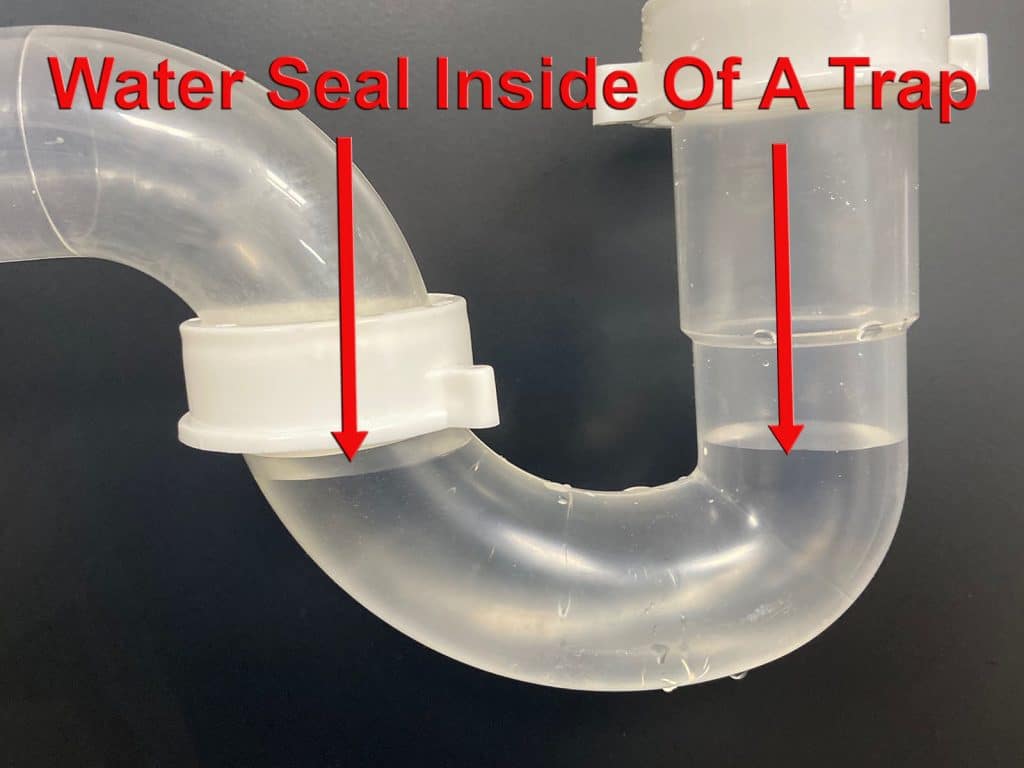
A trap will only be efficient at its job and effectively block odors when it has water inside. This, in turn, provides the water seal. The type of your home’s appliance and the size of your waste pipework will determine the size of the trap.
The construction of the trap is what creates the seal. The water serves as a barrier between a home and the pipe. Water makes up the physical barrier, so it will not prevent the usage of the pipe. Also, the water is refreshed each time water flows through the trap, so it does not emit a foul smell.
Why is a Water Seal So Important?
A water seal eliminates gas smells where the gas may try to enter a home. The water seal makes sure to vent the gas outside. This is important in helping to protect a home from being filled with this gas. This will not be too difficult for sinks and toilets used regularly. However, this may be difficult for guest rooms and homeowners who own seasonal houses.
Rarely used plumbing fixtures will allow these gases to enter a home. Routinely running water through the pipes can be an effective way to combat this problem. For homes that have guest bathrooms that are not occupied daily, be sure to run water in those bathrooms at least once every few weeks to ensure the trap remains wet and that it is functioning as intended.
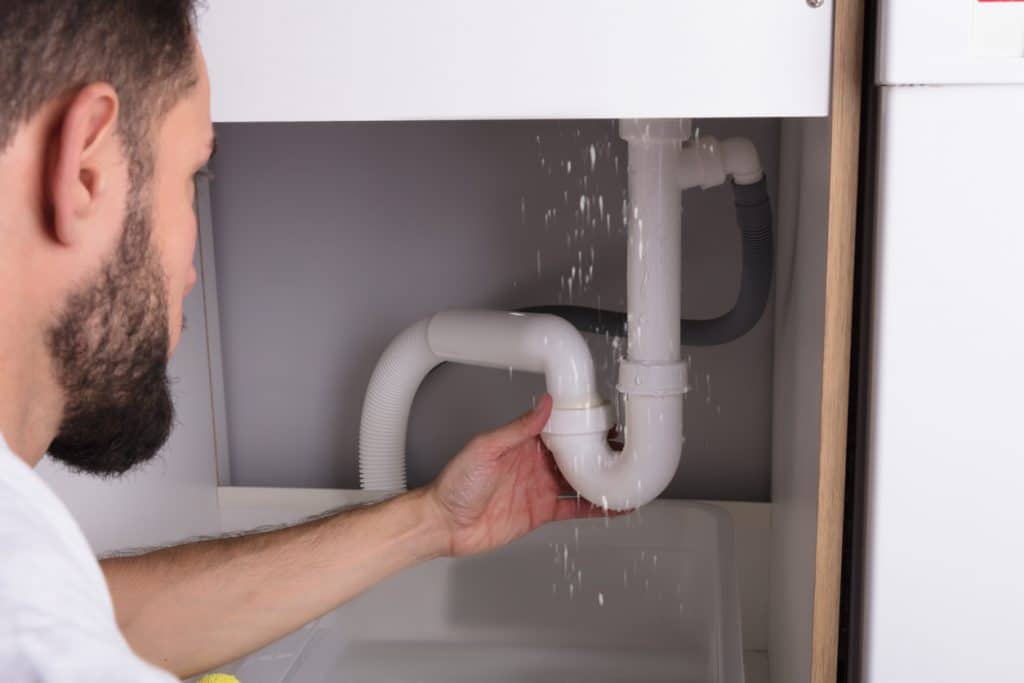
What Causes a Water Seal to Fail?
When sewer gas odors are emitted, the source of the odors is often plumbing fixtures with traps that have dried out or have lost so much water that the water seal inside the trap has broken. Water can quickly evaporate from toilets and the traps underneath bathtubs and other fixtures within a short period of time.
In cases when a water seal dries out, install a special valve to prime the trap. This will keep the water seal intact. Using trap primers that will effectively add water to traps to help block the movement of gas is pivotal.
As mentioned earlier, it can be difficult for the proper flow of water to be received in homes when fixtures are not used often. A dried-out water seal can serve as an example of what could happen when a drain does not routinely receive a flow of water.
Homes in which plumbing vent systems are incomplete or not properly constructed will have dry traps. Improper plumbing vents or the absence or clogging of a vent system can lead to water flowing down the drain line, pulling the water seal out of traps. If a vent system needs to be edited or repaired it is best to contact a local licensed plumbing firm that is familiar with the plumbing code in your area and has a great reputation and a commitment to high-quality plumbing service.
Water seals can also fail because of blocked plumbing vents. Sewer gas does not always come through open traps. Sewer gas can also come through leaks in plumbing drains or vent pipes. Foundation cracks may also be large enough to allow sewer gas to flow in.
Sewer gas may be denser than atmospheric gases. But sewer gases can mix with the air and move up instead of landing in the trap. The smell of sewer gas in homes is certainly unpleasant, and the smell of sewer gas can indicate the presence of hydrogen sulfide.
A Floor Drain Trap Seal
Trap seal floor drain issues are fairly common and easy to cure. Because floor drains frequently go for long periods with no water entering the drain, it is not unusual for the trap seal to evaporate. In these cases, the floor drain becomes a source of sewer odors. The cure is to simply pour some water into the floor drain to reinstate the water seal inside the trap.
Hydrogen sulfide exposure can cause significant health problems, including (but not limited to) the following:
- Burning eyes
- Sore throat
- Dizziness
Constant exposure to this smell can lead to fatigue, painful headaches, and pneumonia. In cases where there are higher levels of concentration, it can lead to unconsciousness or death. Depending on the source of sewer gas and other critical factors such as internal and external conditions, mold spores can also be present in sewer gases.
A Key Takeaway About the Water Seal Inside of DrainTraps
A water seal trap is an integral part of a home’s plumbing system. Fittings like bathtubs, sinks, etc. should properly fit with a trap. A properly installed and well-maintained drainage system will not lead to any source of pollution in your household.
Maintaining a water seal in a trap is vital to your quality of life and well-being. Balkan Sewer & Drain Cleaning knows what it takes to maintain an effective drainage system. This includes ensuring all fixtures have external traps with adequate water seals.
Contact us today for more information.

